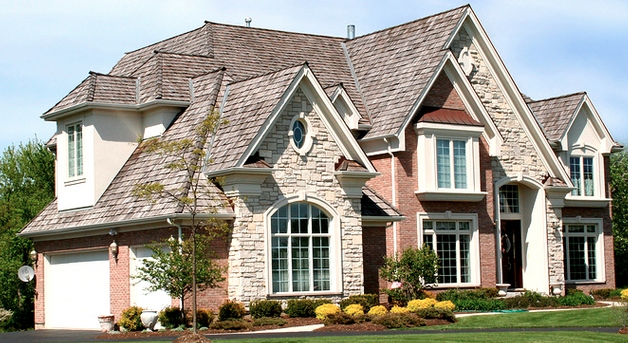|
Just the Peaks This newsletter, at a glance
|
Jumbo mortgage credit just saw its biggest growth since 2011
Get the rundown on non-conforming loans and their latest emergence
Realtor Magazine reports that in June of 2019, jumbo mortgages reached a record-breaking high, becoming more popular and accessible than in any other month in the past eight years. The news indicates increased confidence among buyers, and although lenders continue to tighten their standards, today’s credit is relatively loose.
“Credit availability has generally increased in 2019 as lenders have worked to meet affordability challenges,” reports Joel Kan of the Mortgage Bankers Association. “Because mortgage rates have recently fallen and home price growth has decelerated in many markets, credit availability may stabilize at its current levels.”
With consumer buying power also intensifying as summer draws to a close, hopeful homebuyers are looking to cash in and reap the benefits of a jumbo loan. But what exactly is this elusive loan program? Can you afford it? And what are the advantages and disadvantages? Everest has the full explanation.
Supersize me!
In most places in the United States, the total principal balance of a traditional mortgage must not exceed $484,350, as required by the Federal Housing Finance Agency (Fannie Mae and Freddie Mac). However, in markets with higher home prices, the threshold can extend up to $726,525. So, when shopping for luxury properties or for homes located in a particularly ‘hot’ market, borrowers must secure a jumbo loan.
Also known as a ‘non-conforming’ loan, the supersized variety goes beyond Fannie Mae and Freddie Mac’s loan ceiling, and is therefore unprotected in the event of default. Still, jumbo loans have their share of benefits, including access to considerable funds and competitive interest rates (assuming you apply at the right time). Before choosing a hefty line of credit, check out the latest residential market stats:
– In May, consumer home-buying power grew 9.3% year-over-year
– Home prices dropped by 3.7% over the same yearlong timeframe
– Since May 2018, average U.S. household incomes rose 2.8%
– Residential home prices are 17% less expensive than in 2000
– Economists expect the 30-year fixed-rate average to drop to 3.9%
– Homebuyers’ power will further grow to 13.3% higher than July 2018
**For more stats and predictions, visit The M Report
Why borrow big?
The question is: From a strategic perspective, is jumbo financing a smart move, or just mumbo jumbo? As with most mortgage matters, the answer isn’t so simple. But given power shifts throughout the current housing market, Everest says it’s a safe bet.
Economic conditions aside, there are plenty of advantages associated with jumbo loans:
– Access to maximum cash. If you’re shopping in a luxury market or high-cost area, jumbo loans make buying your dream home possible (more money = more options)
– Credit is consolidated. Rather than take out multiple loans to cover the cost of your purchase, a jumbo loan enables you to manage one simple mortgage, making life easier
– Competitive interest rates. As of 2019, interest rates for jumbo loans are lower than ever—perhaps even more desirable than traditional rates; if you’re in a strong financial position, it may be worthwhile
– Structuring is still flexible. Just like traditional loans, jumbo loans also have options, including different programs with fixed and adjustable interest rates
And now, the disadvantages of jumbo loans:
– Approval is tougher. In order to qualify, most borrowers must have an exceptionally strong credit history, with a FICO score above 700
– Prepare to put down. Since there is no option for mortgage insurance, your down payment could be as high as 20% of the home’s cost (compared to down payments as low as 3% to 5% for traditional loans)
– Criteria can be strict. Lenders may make you jump through hoops, demanding more than one appraisal, among other requirements
The credit conclusion
Due to their nuanced nature, jumbo loans have always been associated with high interest rates and big down payments. But today, the price gap between traditional and jumbo mortgages has narrowed. If you have a solid credit history, decent debt-to-income ratio, and some healthy cash reserves, a supersized loan may be a great fit.
Everest says: Jumbo loans are still a big deal




